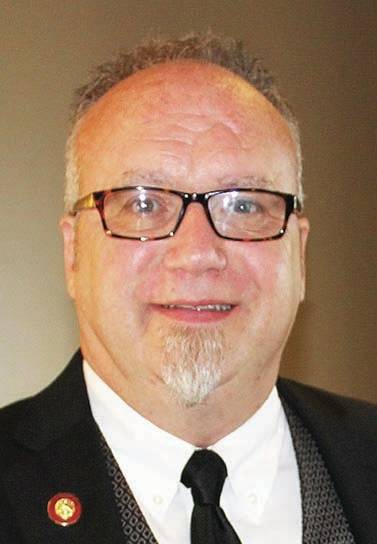Confederate statues, community could find peace at Lexington Cemetery
Published 12:00 am Thursday, January 1, 1970
A strange set of events and circumstances, informed by a tortured history, has thrust the bucolic and peaceful Lexington Cemetery into the fray surrounding the two Confederate statues in Cheapside Park.
Mayor Jim Gray and the Urban County Council have voted to move the statues of John Hunt Morgan and John C. Breckinridge. Unfortunately, and perplexingly, any move has to be approved by the Kentucky Military Heritage Commission in Frankfort.
Although it’s hard to know for sure, it seems that Lexington Cemetery, where both men are buried, is the one place the commission might approve that also is acceptable to people who feel passionately that the statues must go and those who feel they must be respected.
We can understand why directors of this private cemetery might be reluctant to take the statues, particularly the enormous, heroic representation of the Confederate raider Morgan astride a stallion (although he rode a mare in battle) that sits on a huge pedestal.
We can understand why directors of this private cemetery might be reluctant to take the statues, particularly the enormous, heroic representation of the Confederate raider Morgan astride a stallion (although he rode a mare in battle) that sits on a huge pedestal.
Organized in 1849, Lexington Cemetery was the first in Kentucky to adopt the new concept of park-like garden cemeteries. It is not designed as an historic site or a sculpture garden.
But we ask the directors to consider the larger concerns of the community when the mayor meets with them Monday to request the relocation.
The community has struggled for years about how to treat these memorials glorifying the Confederate states’ revolt to preserve slavery. In 2015 the Urban County Arts Review Board, after months of consideration, recommended moving the statues. The grassroots advocates in Take Back Cheapside educated the public and the mayor about the wrong of honoring the Confederacy at the Old Courthouse in Cheapside, where humans were bought and sold as slaves.
Last month Gray — horrified by the violence in Charlottesville, Va. that killed one and injured many when white nationalists protested removal of Confederate memorials — asked the council to vote to move the statues.
Gray’s request and the council’s quick and unanimous agreement signaled this is a progressive community that honors all who live, and have lived, here. There was joy in Lexington and praise from around the country.
But that joyful moment could be fleeting unless an appropriate new home is found for the statues.
During a time when burial sites were haphazard, often neglected and sometimes desecrated, Lexington Cemetery was conceived of as a place where people would have a permanent home to truly rest in peace.
Right now, this community is searching for peace. We hope Lexington Cemetery can, again, help the city find its way there.
Lexington Herald-Leader





